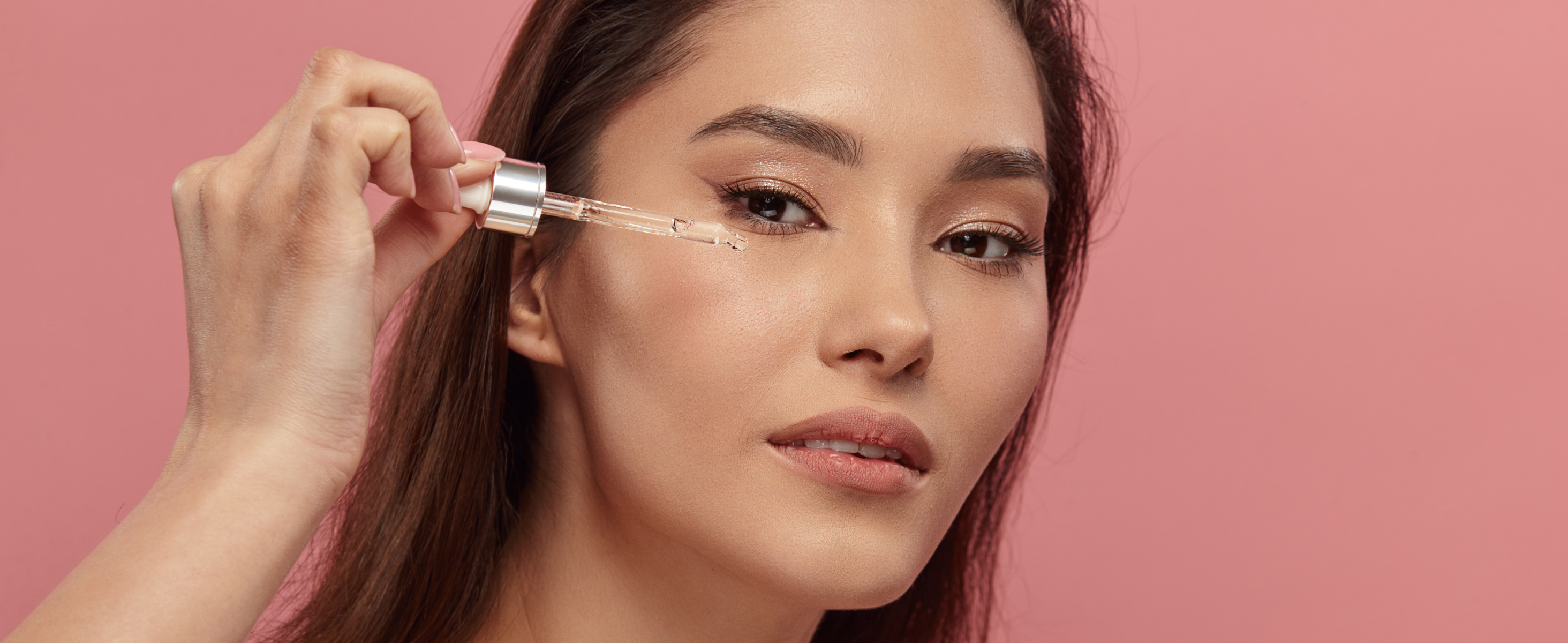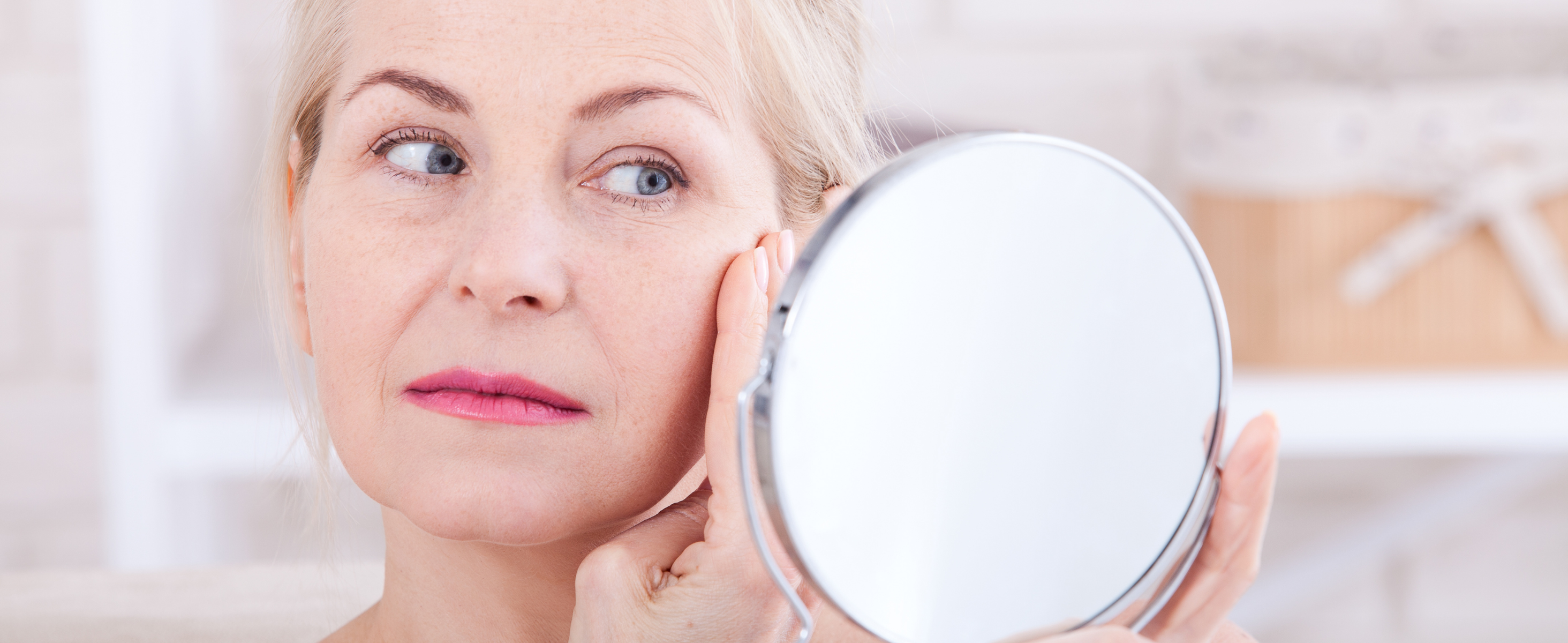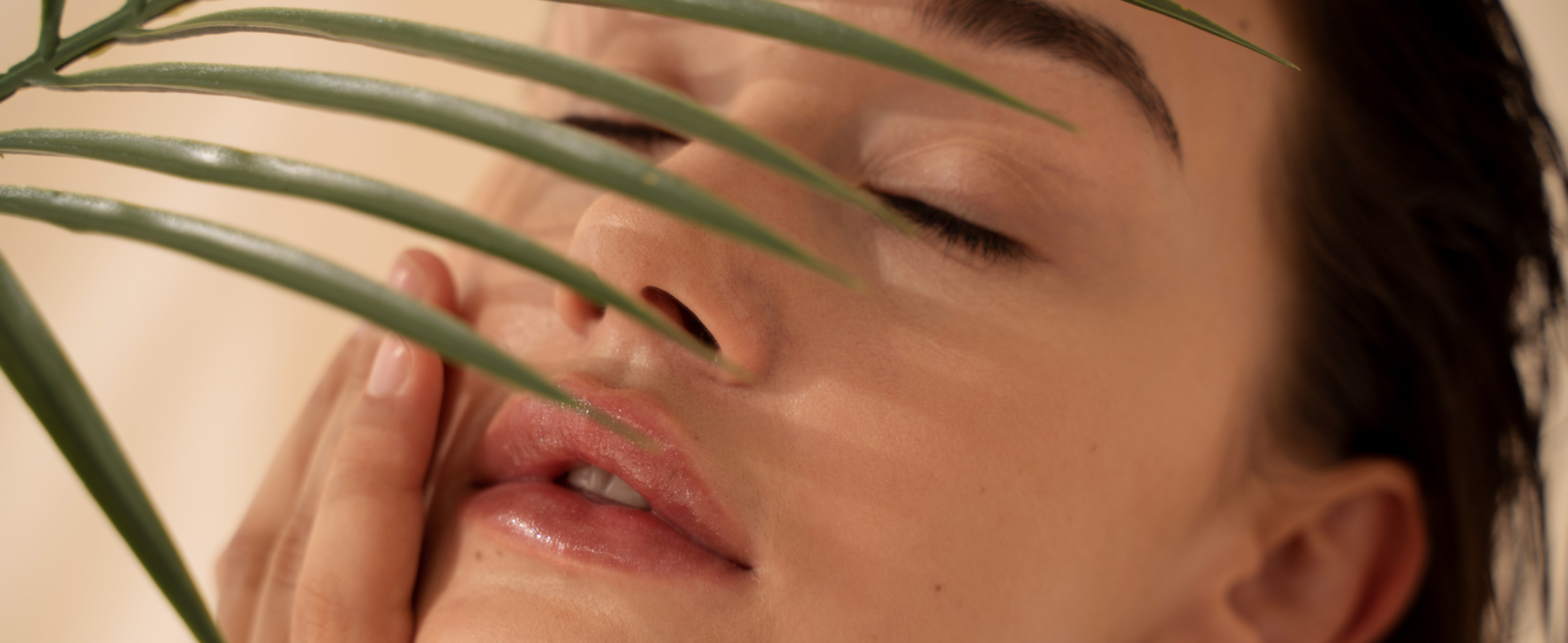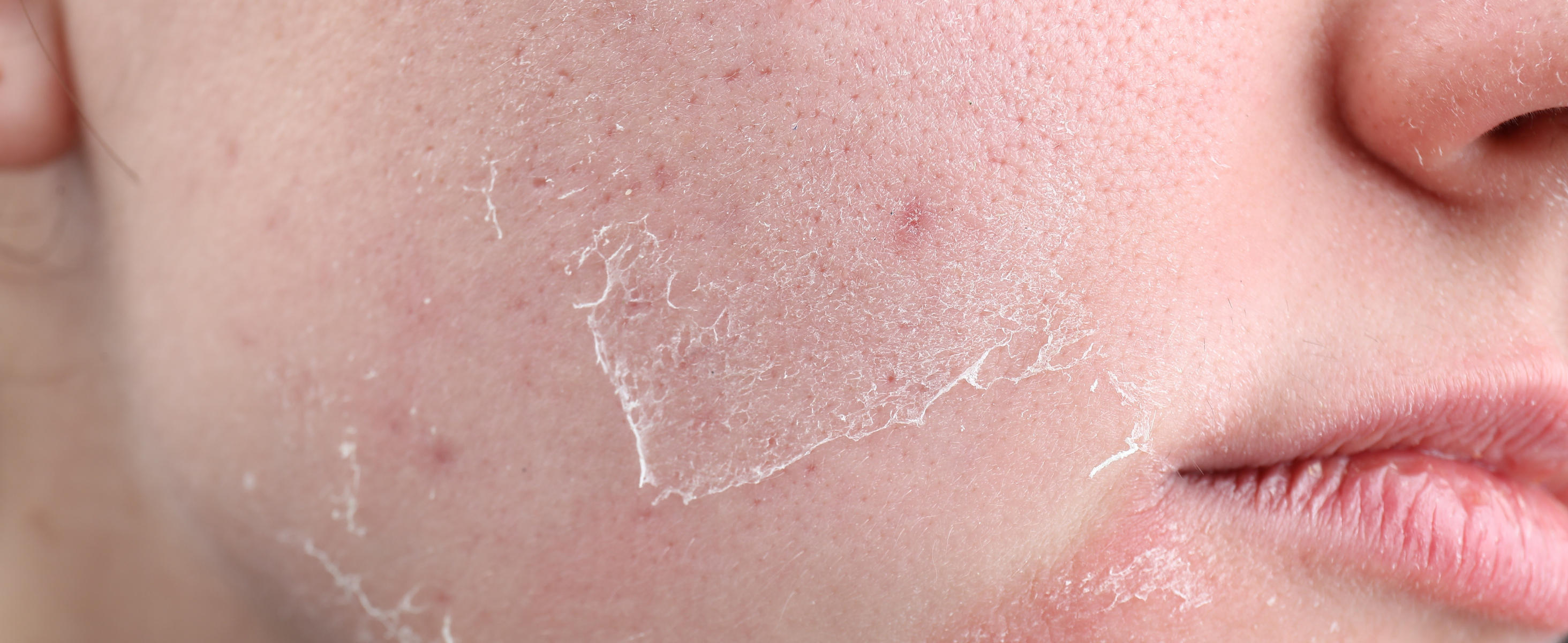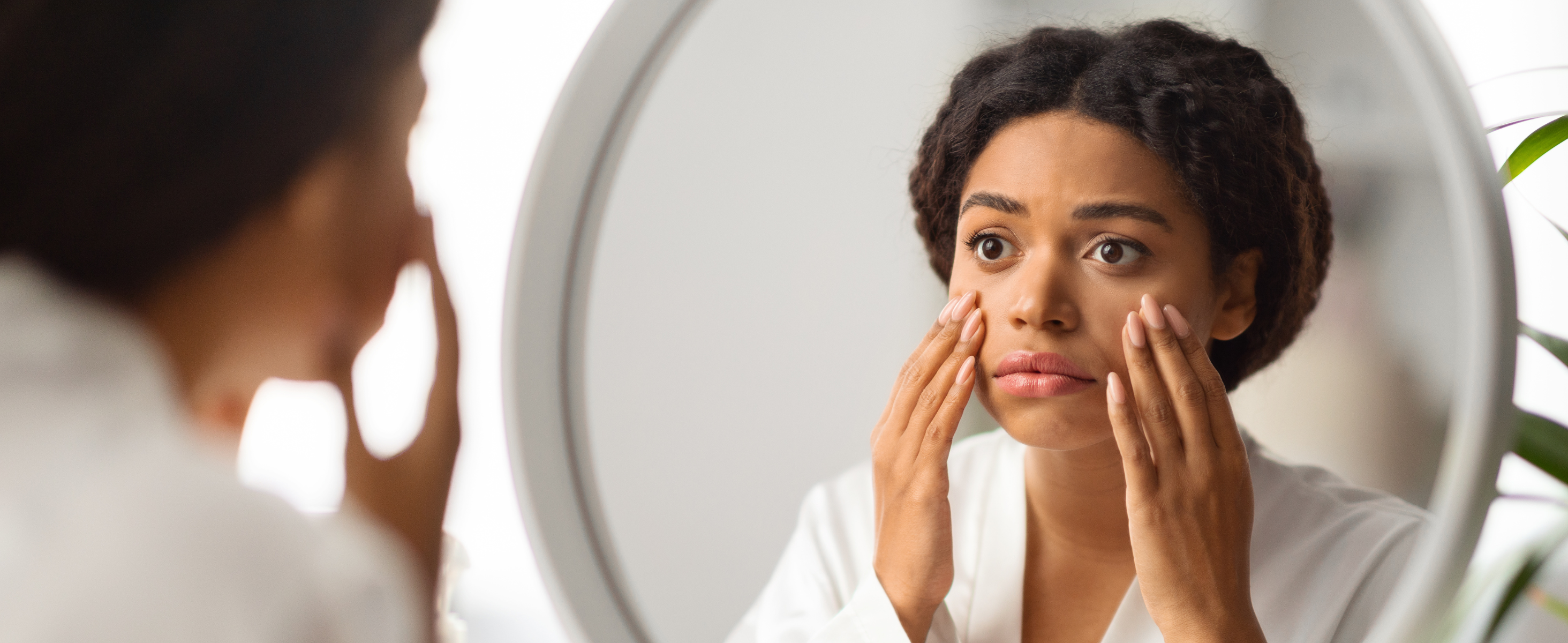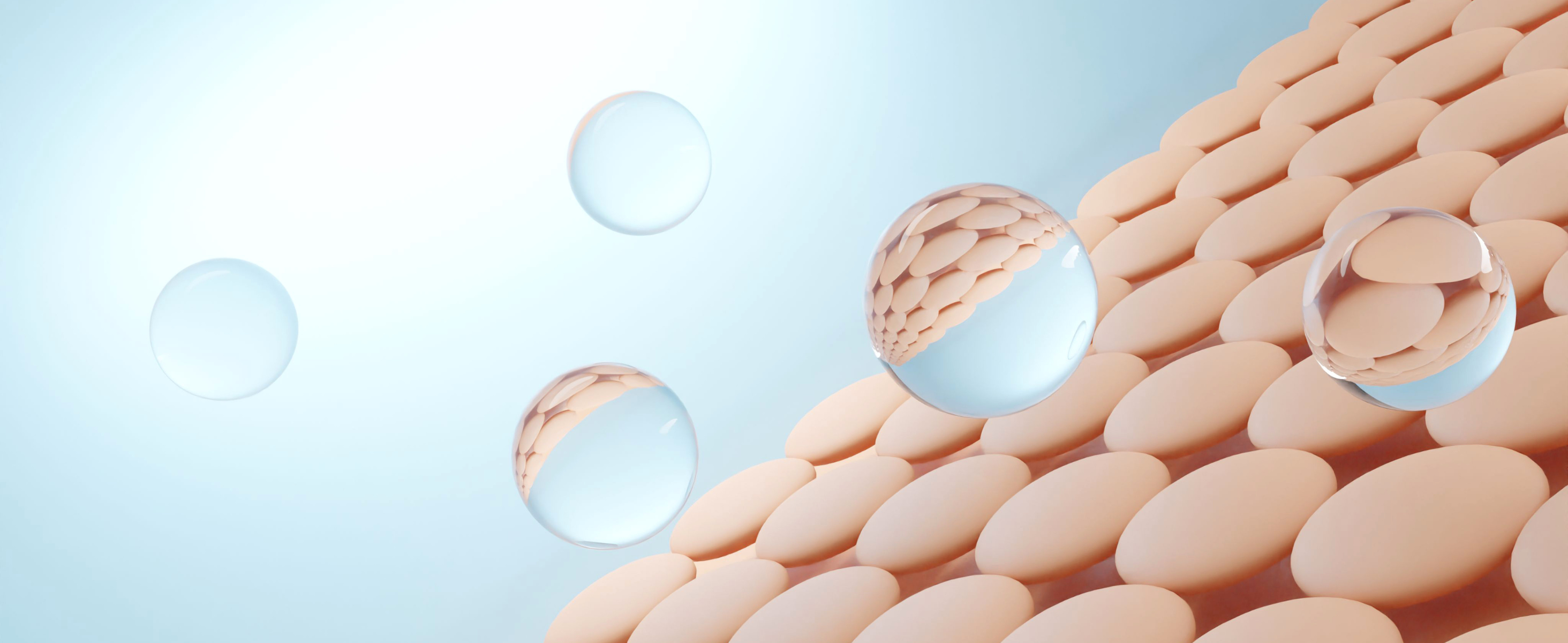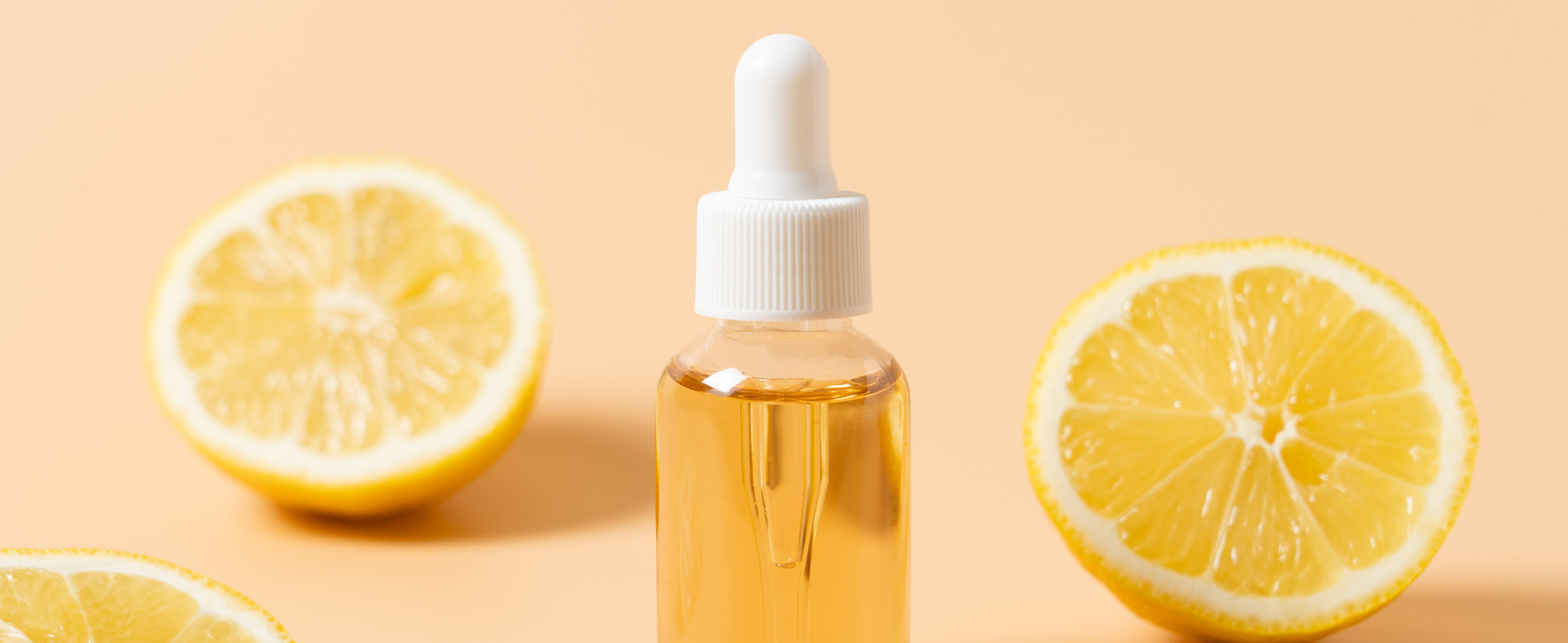Retinol is one of the most talked-about ingredients in the skincare world—and for good reason. Known for its anti-aging benefits, it’s also a game-changer for acne-prone skin. Whether you're struggling with breakouts, clogged pores, or post-acne marks, incorporating retinol into your routine could be the solution you've been looking for. But to get the best results, it's important to know how to use it properly. In this guide, we’ll break down exactly how retinol works for acne and how to add it to your skincare routine safely and effectively.
1. Is Retinol Good for Acne?
Yes, retinol is highly effective for treating acne. It’s a derivative of vitamin A and belongs to a class of compounds known as retinoids. Retinol works by accelerating cell turnover, which helps prevent pores from clogging—a key cause of acne. It also reduces inflammation, minimizes breakouts, and helps fade post-acne scars over time.
Unlike spot treatments that target pimples after they appear, retinol treats the root cause by keeping dead skin cells and oil from building up inside the pores. It’s especially helpful for blackheads, whiteheads, and mild to moderate acne. Prescription-strength versions (like tretinoin) may be recommended for more severe cases.
2. What Are the Benefits of Retinol for Acne?
Using retinol consistently can provide a range of benefits for acne-prone skin:
- Unclogs pores: Retinol prevents and reduces comedones (clogged pores), the source of blackheads and whiteheads.
- Reduces inflammation: It helps calm the redness and swelling associated with active breakouts.
- Fades acne scars and hyperpigmentation: Over time, retinol improves skin tone and texture, helping fade dark spots left by acne.
- Prevents future breakouts: By keeping the pores clear and encouraging healthy cell renewal, retinol helps reduce the likelihood of future flare-ups.
- Improves skin texture: Smoother, more even skin is a major bonus of long-term use.
3. How Long Does It Take for Retinol to Work on Acne?
Patience is key when using retinol. Most people start to notice improvements after 6 to 12 weeks of consistent use. During the first few weeks, it’s common to experience a temporary increase in breakouts—a process known as "purging." This happens because retinol speeds up skin cell turnover, bringing clogs to the surface faster than usual.
While this stage can be frustrating, it's a sign that the product is working. To minimize purging and irritation, start with a low concentration (like 0.25% or 0.5%) and apply it only a few times a week at first. Stick with it, and you’ll likely see clearer, smoother skin over time.
4. How to Combine Retinol with Other Skincare Ingredients for Acne
Retinol is powerful, so it's important to be cautious when combining it with other active ingredients. The goal is to support your skin—not overwhelm it.
Ingredients that pair well with retinol:
- Hyaluronic acid: Hydrates and soothes, reducing the dryness retinol can cause.
- Niacinamide: Calms irritation, strengthens the skin barrier, and boosts acne-fighting effects.
- Ceramides: Help repair and protect your skin barrier.
Ingredients to avoid using at the same time as retinol:
- AHAs/BHAs (like glycolic acid or salicylic acid): Using these with retinol can cause excessive irritation. If you want to include them, alternate on different nights.
- Vitamin C: Both are great ingredients, but using them together can be too harsh. Use vitamin C in the morning and retinol at night.
- Benzoyl peroxide: This acne-fighter may deactivate retinol, making it less effective. Use them at different times or consult your dermatologist.
Always introduce new actives slowly and listen to your skin.
5. How to Incorporate Retinol into Your Skincare Routine
If you're new to retinol, here’s how to work it into your routine safely:
Step-by-step routine:
- Cleanse: Use a gentle, non-stripping cleanser to remove dirt and oil.
- Dry your face completely: Applying retinol to damp skin can increase absorption—and irritation.
- Apply a pea-sized amount of retinol: Use only at night, avoiding the eye and mouth areas.
- Moisturize: Follow with a hydrating moisturizer to help buffer potential dryness.
- Sunscreen (AM): Retinol increases sun sensitivity, so SPF 30 or higher is a must every morning.
Tips for success:
- Start with 2–3 nights per week, gradually increasing frequency.
- Use the “sandwich method” (moisturizer → retinol → moisturizer) if your skin is sensitive.
- Be consistent—but don’t overdo it. More isn’t better.
Final Thoughts
Retinol is a powerful ally in the fight against acne, but it requires a thoughtful approach. By understanding how it works, what it pairs well with, and how to ease it into your skincare routine, you can unlock its full potential—without overwhelming your skin. If you're consistent and patient, retinol can help you achieve the clearer, healthier skin you've been striving for.

